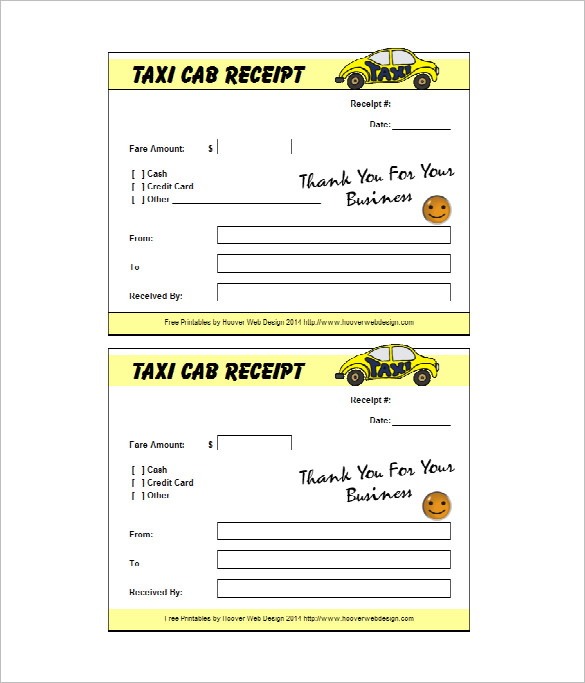First Taxi Ride? 7 Things You Should Know About Taxis
- Written by AdminPOM
-
Category:
View all posts in Blog
You’ve seen them before: those yellow cars with the light on top of the roof that says “taxi” in bright, bold letters. Your knowledge about taxicabs and drivers comes from an extensive career of watching movies or television shows. Or maybe your taxi smarts come from travel stories your friends and family have told you over the years.
But you’ve never been inside a taxi, and you know that you’ll need one sooner or later. Whether you have to travel to another state or a foreign country, you anticipate taking a cab from the airport to your hotel, office, friend’s house, or another location.
Whether you’re about to take your first cab ride or hop in the cab for what seems like the thousandth time, use the following tips to enjoy more of your taxi experience.
1.Call ahead.
You might feel intimidated or shy to hail a taxi, especially if you’ve never ridden in cab. Rather than waving your arms and missing ten taxis in a row, call the cab company and ask for a taxi to meet you at your pick-up location. This way, you’ll never have to wait for a ride to your next location.
You can also ask the dispatcher for a fare estimate ahead of time. You’ll know roughly how much your ride will cost before you even leave your house, office, or the airport.
2.Know the cab company’s name.
In case you encounter an issue during your drive between locations, you’ll need to know to whom you should speak or report the problem.
If you accidentally left one of your belongings inside the taxi, you’ll also know whom to contact. Most cab drivers deliver forgotten items to the Fleet manager. You’ll likely find your missing item at the cab company’s office.
3.Know your location ahead of time.
When you visit a city, you should know the exact address of where you want to go and give it to the cab driver. If possible, you should also know which landmarks are nearby, just in case the cabbie isn’t familiar with the location. If your cab driver doesn’t know where to go, don’t be afraid to use the GPS on your phone to guide him or her to your destination.
4.Look for the flag or light.
If you’ve never ridden in a taxi, you might not know how to tell an occupied cab from an available one. Look for the flag or light.
5.Pay with cash or card.
If you’re not sure how to pay for your cab fare, don’t worry. You can pay in cash or you can use your debit or credit card. However, most cab drivers accept only major credit cards such as Visa, MasterCard, or Discover.
If you pay in cash, carry small bills with you so that you can pay your exact fare. If you have larger bills, make sure the driver has change before you pay him or her.
6.Recognize a licensed taxi.
Some unlicensed drivers operate illegal taxicabs and look for passengers desperate for a taxi. These drivers tend to charge outrageous cab fares and don’t follow the same regulations as licensed cab drivers do.
Always check the cab for a licensed sticker and meter. Some taxis might have the licensed sticker stamped onto the rear window.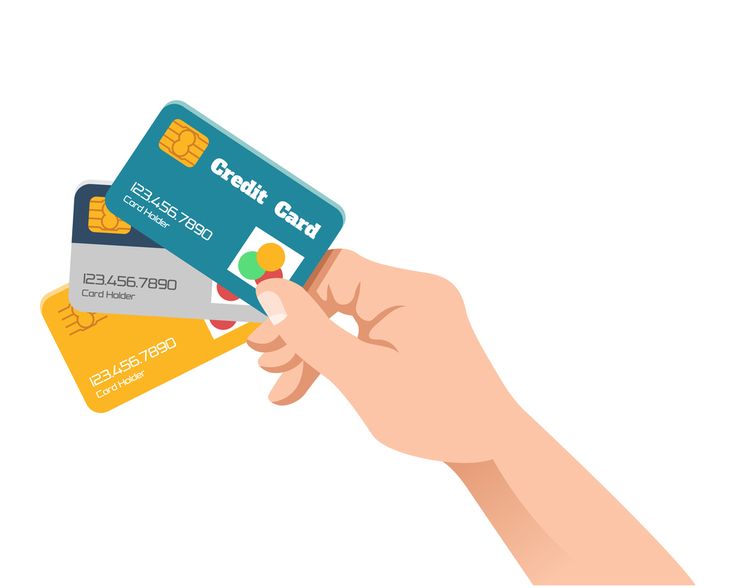
7.Remove your belongings first.
Every once in a while, you might come across a forgetful cabbie. He or she may accidentally drive off before you’ve removed your luggage from the trunk or back seat. The best way to avoid runaway suitcases, purses, or backpacks, is to remove your items from the cab before you pay the cab driver. He or she won’t leave you until you’ve paid your fare, so this method allows you the chance to collect your possessions.
Now that you know how to approach taxis like a pro, you can feel comfortable hailing a cab any time. Keep these tips in mind as you hop in a taxicab for the first (or even for the hundredth) time.
Do You Need a Credit Card to Call an Uber? Can You Use a Card in a Cab?
You’re our first priority.
Every time.
We believe everyone should be able to make financial decisions with confidence.
So how do we make money? Our partners compensate us. This may influence which products we review and write about (and where those products appear on the site), but it in no way affects our recommendations or advice, which are grounded in thousands of hours of research. Our partners cannot pay us to guarantee favorable reviews of their products or services. Here is a list of our partners.
You can use credit cards to pay for rideshares and taxis — but you don’t necessarily have to. Here’s what to know about using plastic when you commute.
By
Kimberly Palmer
Kimberly Palmer
Senior Writer/Spokesperson | Personal finance, budgeting, family finances
Kimberly Palmer is a personal finance expert at NerdWallet.
Updated
Edited by Kenley Young
Kenley Young
Assigning Editor | Credit cards, credit scores
Kenley Young directs daily credit cards coverage for NerdWallet. Previously, he was a homepage editor and digital content producer for Fox Sports, and before that a front page editor for Yahoo. He has decades of experience in digital and print media, including stints as a copy desk chief, a wire editor and a metro editor for the McClatchy newspaper chain.
Many or all of the products featured here are from our partners who compensate us. This influences which products we write about and where and how the product appears on a page.
Depending on your preferred method of ground transportation, you have a lot of options when it comes to paying for your rides. And while you don’t necessarily need a credit card, you can almost always use one if you want to — and it’ll usually be more convenient.
What’s less universally accepted, though, is cold hard cash. In that case, you’ll probably want to call a cab instead.
Here’s what to know about paying for your wheeled rides around town.
Paying for Uber
With Uber, you have the option of making payments with:
-
A credit card.
-
A debit card.
-
Uber gift cards.
-
Commuter benefit cards.
-
Vouchers and other promotions.
All of these methods may not be available everywhere; to check what is available to you, open up the Uber app and look under the “Wallet” section.
In order to request an Uber, one of these payment methods must be connected to your account. If the selected method is expired, you won’t be able to make the ride request.
You do have the flexibility to change payment methods, even in the middle of the ride: You just need to open the app and select the method that you want to use for the charges.
Paying for Lyft
Lyft offers similar options. Under the “Payment” tab, you can select your preferred method, including:
-
Credit cards.
-
Debit cards.
-
Prepaid cards.
-
Digital wallets like Apple Pay, Google Pay, PayPal and Venmo (To use these methods, you must also have a credit or debit card connected to the app.)
-
Lyft gift cards.
-
Linked bank accounts.
-
Commuter benefit cards.
Paying for cabs
When you’re taking a taxi, you also have many ways to pay.
But cash is no longer king with cabs. It once was preferred, but digital or card payments are the new normal, given tech advances and the proliferation of ridesharing companies. For example:
-
Taxis generally offer payment terminals to customers, which allow you to swipe a credit or debit card when your ride is over. You can opt to add a tip and request a printed receipt.
-
Cabs in dozens of big cities use an app called Curb that makes it easy to pay digitally: Once the app is downloaded, you just enter the code for your ride, and then you can pay by credit card, PayPal, Apple Pay or cash.
-
Some cab drivers also accept payments via the Square app, which accepts digital payments as well as credit and debit cards.
The risk of using credit cards in cabs
In general, there’s no reason using a credit card in a cab should be less secure than other types of transactions.
There are, however, a few considerations unique to cabs that might make transactions slightly riskier. Many payment terminals are located in the back seat. This means the driver has relatively little ability to see what’s going on back there, so it’s possible for an unscrupulous customer to install a credit card skimmer on the machine.
But as long as you’re using a credit card to make your payments, you’re fairly well-protected. Still, it’s a good idea to review your credit card statements each month so you can immediately report any transactions that look suspicious.
How to keep your cards safe
To keep your credit card safe while using it to pay for rideshares or cabs:
-
Review your charges carefully.
If you’re using a rideshare app, take a moment to confirm the final price that you were charged via the app to make sure it’s correct. If you’re in a cab, monitor the meter and ask if it suddenly jumps when you’re about to run your card. In most cases, it’s illegal to be charged extra for using a credit card.
-
Keep your receipt (whether it’s digital or printed) and check it against your credit card statement. If the charges don’t match, contact your credit card company immediately.
For cab rides specifically:
-
Look at the credit card terminal carefully before you use your card. If anything seems suspicious, use cash instead.
-
Read the sticker on the inside window of the cab to be sure you fully understand how your fare is calculated. If the fare chart isn’t posted in the cab, ask the driver for a copy.
-
If you have any concerns about the driver, write down the taxi’s medallion number. This way, it will be easier to report the cabbie if a questionable charge shows up on your statement.
About the author: Kimberly Palmer is a personal finance expert at NerdWallet. She has been featured on the “Today” show and in The New York Times. Read more
On a similar note…
Find the right credit card for you.
Whether you want to pay less interest or earn more rewards, the right card’s out there. Just answer a few questions and we’ll narrow the search for you.
Get Started
Get more smart money moves – straight to your inbox
Sign up and we’ll send you Nerdy articles about the money topics that matter most to you along with other ways to help you get more from your money.
How Russians in Kazakhstan solve the Mir card problem – DW – 09/26/2022
Photo: AFP/Getty Images September 2022
Most banks in Kazakhstan have actually stopped working with cards of the Mir payment system. How do thousands of Russians who left for the Republic of Kazakhstan after the partial mobilization announced in the Russian Federation solve this problem?
https://p.
Advertisement
On Friday, September 23, the National Bank of Kazakhstan reacted to the announcement that Halyk, the largest bank in the country, suspended servicing cards of the Russian payment system Mir, which appeared immediately after the partial mobilization announced in Russia.
The National Bank emphasized that the legislation of the Republic of Kazakhstan does not restrict the acceptance of Mir cards, but at the same time, “Kazakh banks independently carry out their operational and financial activities, establish business relations with payment system operators, and also make decisions on issues related to the provision of banking services, including the issuance and acceptance of Mir cards for servicing.
How do thousands of Russians, who arrived in this country after the announcement of partial mobilization in Russia, solve problems with the use of such cards in Kazakhstan, – at DW.
Cards of the Mir payment system in Kazakhstan – in search of luck
In practice, most second-tier Kazakh banks do not currently work with the Mir payment system, citing unnamed “technical reasons”.
It is not known when “technical problems” with Mir payment system cards will be resolved in the Republic of Kazakhstan Photo: Anatolij Weißkopf/DW
then serious external failures. Now the technical service of our bank is trying to solve the problem, but you can try to withdraw money from ATMs. Some, they say, serve Mir. We need to check, “the manager advised.
“You are far from being the first to ask about Mir’s service. And I will also tell you that we only work with VISA cards issued by our bank,” the Home Credit bank manager reacted rather sharply to DW’s question, recommending “to search good luck” in other places and adding that their bank has never worked with Mir and is unlikely to work.
“Looking for Mir’s service in Almaty is useless,” complained Vladislav and Irina, who came here from Kemerovo, when they accidentally heard the recommendations of the Home Credit bank manager.
View of Almaty Photo: Anatolij Weißkopf/DW
“We’ve been here for the third day, we even went to the former Sberbank, it’s called Bereke here. It’s also unlucky – neither Mir nor Sber’s VISA work. There we met Tatyana, she is from the locals, although she has a Russian phone number.Thanks to Tatyana’s assistance, the very next day we managed to get a Kazakh IIN (individual identification number. – Rev. ) and get a local card almost immediately. Now there is an opportunity to buy plane tickets to India, where work is already waiting for us,” Vladislav shared.
“I exchanged all available rubles for dollars” On the advice of her daughter, who lives in the United States and recently married a “real American”, before going to Kazakhstan, the woman cashed out all her money from the Mir card handed to her back in March.

Most banks in Kazakhstan now do not work with cards of the Russian payment system Mir from his hometown: “You have no idea what I had to go through! Wild queues, a plane in which mostly young guys fly. Crazy conversations among friends and acquaintances. You wouldn’t wish this on your enemy!” According to Margarita Vasilievna, after the announced partial mobilization, she would almost certainly have been sent to war, since she is a surgeon of the highest category.
A programmer from Voronezh, who came to Almaty and introduced himself as Sergey, had a different experience with the Mir payment system. It took him four days to get to the largest city of Kazakhstan – first by train, then by train to Orenburg, and then by plane from Aktobe to Almaty.
“The Mir card is not accepted anywhere in Kazakhstan for some reason, I tried it. But the QR code linked to the Mir worked several times, I managed to pay for trips to Yandex Taxi and buy groceries in which “a large Almaty hypermarket. But I won’t stay in Kazakhstan, my wife and I decided to wait out all this Putin’s horror in Turkey. She’s already there, and I’ll fly soon. Tickets, however, for cash, I’ve already bought,” shared plans a programmer from Voronezh. And he added that the decision to go to Istanbul through Almaty in his family arose immediately after Putin’s announcement of partial mobilization in the Russian Federation.
Service with reservations
Meanwhile, several second-tier Kazakh banks reported through local media that they continue to service Mir cards. Such services are provided in full by the Kazakhstani subsidiary of VTB and Bereke Bank, owned by the state holding Baiterek, which bought out the assets of Sberbank-Kazakhstan.
Serves Mir and the Kazakh bank CenterCredit, stipulating that it accepts cards of this payment system only from those Russian banks that did not fall under international sanctions in connection with Russia’s invasion of Ukraine.
See also:
Partial mobilization – “Reserve”, issue 232, 9/25/22
To view this video please enable JavaScript, and consider upgrading to a web browser that supports HTML5 video Advertisement
Skip Section Related Topic
Related Topic
Skip Section Top Topic
1 Page of 3
Skip Section Other Publications DW
Home Page
Crypto Credit and Debit Cards | Coin Market Cap
This week, CoinMarketCap Alexandria explains the difference between cryptocurrency credit and debit cards. Not sure which one to choose? Let’s find out!
Real use cases for cryptocurrencies are only expanding. For example, Binance recently announced the creation of a taxi service in its own mobile application.
- But what is a crypto credit card?
- How do debit and credit crypto cards work?
- What is the difference between credit and debit crypto cards?
CoinMarketCap Alexandria answers all of these questions in this cryptocurrency credit and debit card guide.
With cryptocurrency credit cards, you borrow money from the bank in the same way as with a regular credit card, because it is still a credit card . However there is a big difference between regular credit cards and crypto credit cards is in crypto rewards .
For example, you can earn reward points for making a purchase with a crypto credit card (same as with some credit cards). The higher the purchase value, the more points you get. The difference is that on a crypto card, the balance of points can be converted into cryptocurrency. Some crypto cards immediately pay rewards in cryptocurrency.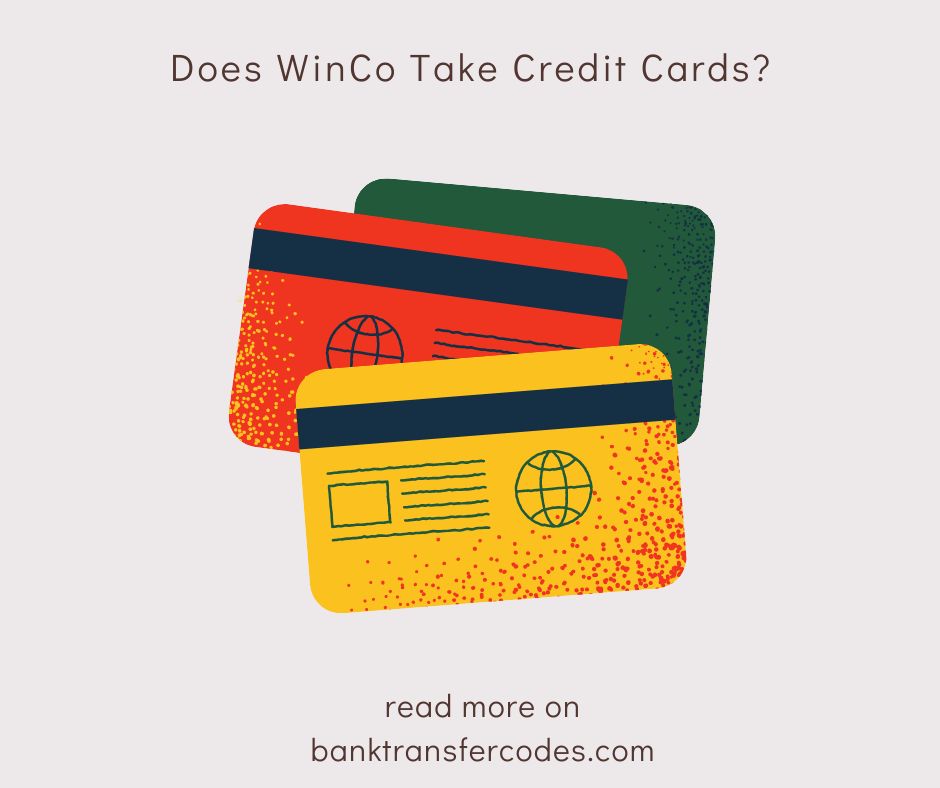
Of course, there are usually more nuances, but the basic principle is this. These cards can serve as a good help for those who are interested in getting started with cryptocurrencies, but do not want to take risks at all.
In principle, there is no difference between a crypto credit card (crypto card with cashback) and a regular cashback card. When you make a purchase, you get cashback in both cases, only the cryptocurrency card pays it out in cryptocurrency. So you can buy cryptocurrency without worrying about buying it. Of course, the bonuses will not be outrageous, and you should not forget that this is primarily a percentage of your own expenses.
Some retail stores are already accepting cryptocurrencies and there will likely be more in the future, but in most places we still have to pay with fiat money. Here, one more advantage of bonus crypto cards comes in handy – they make it possible to spend the accumulated cryptocurrencies with their help.
Crypto reward debit cards are essentially the same as crypto reward credit cards: they allow you to receive cashback from your spending in crypto. Instead of accumulating points with a regular debit card (which you may not be able to convert to cash), you can earn crypto with a crypto debit bonus card.
Cryptocurrency accumulated on debit card with crypto rewards converted to fiat currency of your choice when you make payments. However, cashback is always credited in cryptocurrency.
Like crypto credit cards, these debit cards work with Visa and Mastercard and can be used wherever they are accepted (which is a lot of places). In addition, you will also be able to withdraw cash from these cards.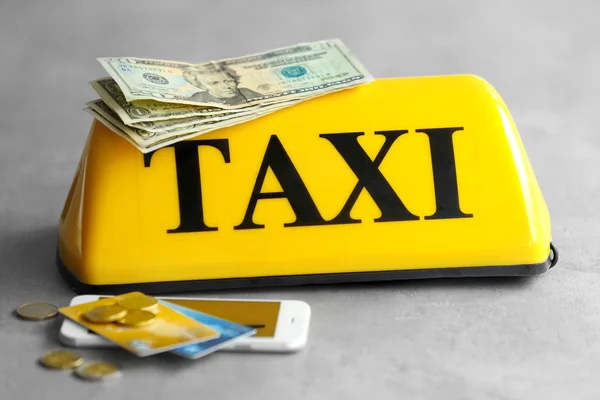
The biggest difference is obviously the of your credit line with cryptocurrency credit cards. The size of your line of credit depends on the eligibility criteria set by the issuer of the institution.
Another key difference is that some cryptocurrency debit cards require staking to maintain proof-of-stake consensus, which can be confusing for beginners. In essence, this means that in order to use the card and receive rewards, you need to invest some amount of cryptocurrency and block it in staking. Which cryptocurrency to stake depends on the exchange or card company. The more cryptocurrencies you stake, the higher your potential reward. This potentially carries a risk, because if you bet a lot of coins, and the market turns for the worse, you will lose money .
On the other hand, your credit history is not verified by issuing a cryptocurrency debit card. So, debit crypto cards are available to everyone, but crypto credit cards are no longer available.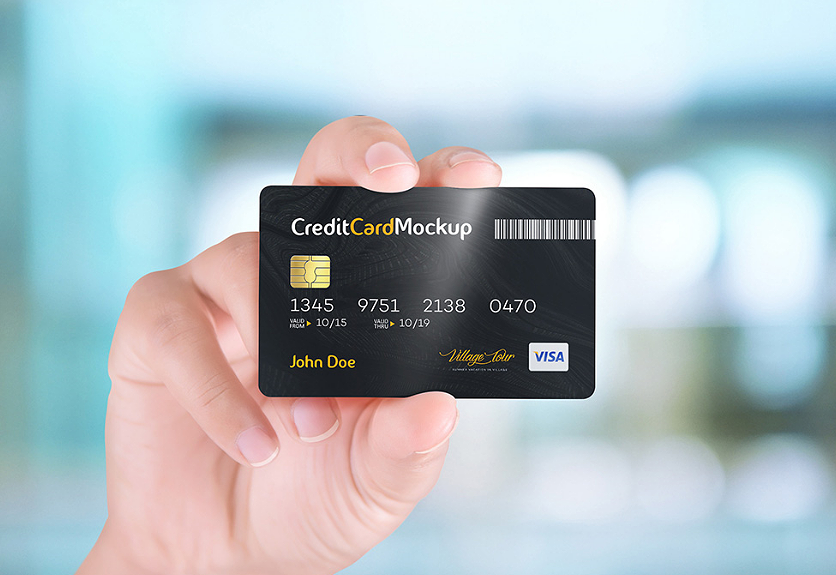
Whether you choose a crypto credit or debit card depends on your preferences and credit history. When choosing a card, you should pay attention to the following points:
- Interest rate;
- Annual maintenance fee;
- Other fees, especially cash withdrawal fees;
- Other benefits or benefits provided by the card;
- Withdrawal and spending limits;
- Staking requirements.
There is no one-size-fits-all solution. You can even buy cryptocurrencies with cashback from a regular card if you don’t want to deal with cryptocurrencies all the time. This may make sense if a regular cashback card offers a higher percentage than cryptocurrency cards.
In addition, cryptocurrencies are a very volatile asset, so the value of your rewards may decrease (or increase) over time. This type of investment is not suitable for everyone.
CoinMarketCap Alexandria has already talked about the best crypto cards. However, here is a short list, you will have plenty to choose from:
- Crypto.com Card: universal option available in over 100 countries.
- Binance Visa Debit Card: high limit card for Europeans.
- Coinbase Debit Card: is a good card for US customers with no cash withdrawal fees.
- BlockFi Crypto Credit Card: card with BTC cashback.
- Wirex Crypto Card: cashback for travelers.
- Nuri Crypto Card: card with high cash withdrawal limits for Europeans.
- Monolith Crypto Debit Card: non-custodial Visa card for European Ethereum fans.
This article provides links to third party websites or other content for informational purposes only (“Third Party Sites”). Third Party Sites are not operated by CoinMarketCap and CoinMarketCap is not responsible for the content of any Third Party Site, including but not limited to any links contained in a Third Party Site or any changes or updates to a Third Party Site. CoinMarketCap is providing these links to you only as a convenience, and the inclusion of any link does not imply endorsement, endorsement, or recommendation of the site by CoinMarketCap or any association with its operators. This article is intended to be used and should be used for informational purposes only. It is important to do your own research and analysis before making any significant decisions related to the products or services described. This article is not and should not be construed as financial advice. The views and opinions expressed in this article are the author [company’s] own opinions and do not necessarily reflect the views and opinions of CoinMarketCap.

 If you’re using a rideshare app, take a moment to confirm the final price that you were charged via the app to make sure it’s correct. If you’re in a cab, monitor the meter and ask if it suddenly jumps when you’re about to run your card. In most cases, it’s illegal to be charged extra for using a credit card.
If you’re using a rideshare app, take a moment to confirm the final price that you were charged via the app to make sure it’s correct. If you’re in a cab, monitor the meter and ask if it suddenly jumps when you’re about to run your card. In most cases, it’s illegal to be charged extra for using a credit card.